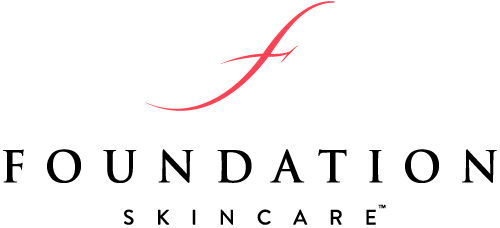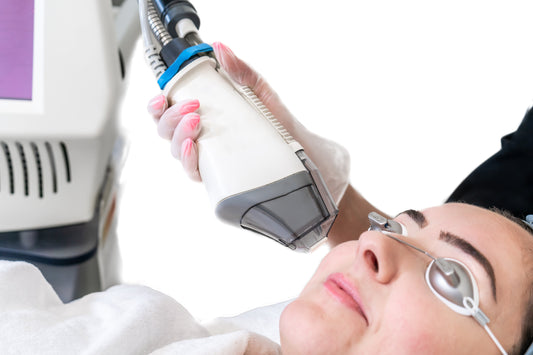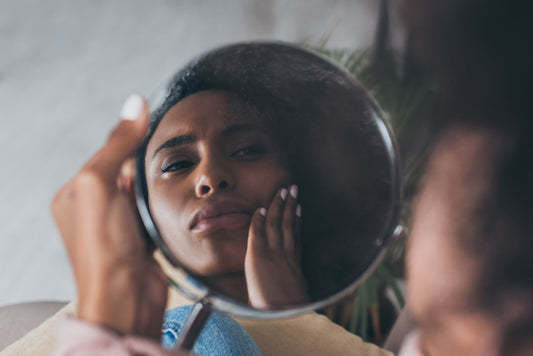The first thought that crossed my mind when my oncologist informed me that I would be receiving twelve chemo infusions, one per week, was, “Am I going to lose my hair?” I’ve had a complicated relationship with my hair since childhood. I always thought it was nothing special: fine, thin, and stick-straight. I didn’t like my hair, never bothered appreciating it, until I realized I was going to face chemotherapy hair loss.
Every cancer patient’s treatment plan is different, dependent upon many factors such as the type and stage of cancer, the type, dose, and number of infusions of chemotherapy, and if the patient chooses to use cold therapies to prevent some of the side-effects of chemotherapy hair loss.
Navigating the Complexities of Hair Regrowth after Cancer Treatment
Cancer takes away so much from a patient. Losing some or all of our hair is icing on the cancer cake. Hair loss may not only significantly hurt our self-esteem and confidence — but it makes our “cancer patient” status obvious to everyone we encounter. Covering our patchy or bald heads with a scarf or hat can’t fully conceal our reality. Some patients also lose other body hair, including facial hair like beards, eyebrows, and eyelashes.
Once the chemotherapy infusions are over, a patient’s hair can come back different: sometimes curly, sometimes gray, sometimes thinner or thicker. Every patient has a different experience. What many of us want to know is when will our hair grow back and how quickly? Often, the answer from our doctor is “wait and see.” Thankfully, there are options to assist with post-chemo hair growth!
Exploring Safe & Effective Solutions
Cancer patients are often quite interested in speeding up their hair regrowth process — but with an important caveat. We want our hair to regrow in the healthiest way possible. The more clean the products and processes, the better.
As a former cancer patient, I discovered many post-chemo hair regrowth products. They were heavily marketed to me in my social media feeds and even at my cancer center. The products sounded good, with their glowing promises, but were they safe? When I researched the products, most of them were chalked full of toxic-chemicals that came with a high risk of being carcinogenic. No, thanks! I wasn’t willing to apply or ingest anything that might increase my recurrence risk.
The good news is, there are healthy options. Hair regrowth and health is both an outside and inside job. Our UnTangled Hair Supplement supports healthy hair regrowth by working from the inside out. Formulated by a dermatologist, the balanced blend of minerals, vitamins, and herbs increase the production of keratin in hair follicles. Untangled contains no drugs and no fillers. Take daily as directed to begin seeing positive results in just thirty days — but don’t stop there. We recommend sticking with the supplement for ninety days to see some seriously fantastic results.
It’s important to note that radiation therapy, which may be part of your treatment plan post-chemo, may require you to avoid any antioxidant supplements. According to MD Anderson Cancer Center, “Antioxidant supplements should be avoided during radiation therapy because they may end up protecting your cancer cells.” During my thirty-three rounds of chest radiation, I had to avoid taking any supplements containing vitamin A, vitamin C, and vitamin E — and yes, our UnTangled Hair Growth Supplement contains all three of these. However, once I finished radiation treatment, I was able to resume taking those vitamins. Always check with your medical team before taking supplements of any kind.
If your oncologist doesn’t approve you taking UnTangled quite yet, don’t be discouraged! Our Hair Serum is here to save the day! This topical product is applied to dry hair, once in the morning and once in the evening, for thirty days — to get started. We recommend using the product consistently for ninety days to get that hair regrowth jump start you’re looking for. Plus, who doesn’t like a good scalp massage? Post-chemo self-care for the win!
Keep in mind, your skin may be more sensitive post-chemo. The MD Cancer Center shares that the two most common skin concerns from chemo are rashes and skin dryness. The good news is these usually resolve when treatment is complete — but it can take time. We recommend that any user start with just 3-5 drops per application. If your scalp is happy with the product after a week, you can work up to 15 drops each time you apply.
Embracing Self-Assurance & Confidence
While your hair is growing back, prepare to embrace a new normal. Your hair may not show up as it previously was. Cancer patients don’t like surprises, but how your hair comes back after chemo can be a good surprise, as long as you’re willing to go with the flow.
Frequent trims to help uneven hair growth become more shaped can be helpful. Exploring fun hair accessories that make you feel happy and confident can help you shine as you heal. Consider hats, scarves, headbands, bandanas, bobby pins, barrettes. When your oncologist gives you the go-ahead, you can also consider temporary or permanent, non-toxic hair color of your choosing. Many cancer patients choose to embrace their new, natural color (which is often gray, but not always) and forgo artificially coloring their new hair. Generally speaking, gentle products, such as our Hair Serum, are better for hair that’s starting over.
There’s no set right or wrong way to have fun with your mane. It’s your hair and your journey.
Addressing Concerns Surrounding Hair Regrowth
One of my concerns with post-chemo hair regrowth was desiring to have long hair again.
Take it from me: you want your hair to come back in the healthiest manner possible, not the quickest. Don’t skip important hair-health routines. Frequent trims, avoiding harsh products, and being mindful of over-washing or over-processing will help you achieve the hair you want. If you decided to “go big or go home,” you’ll be left with less-than-desirable post-chemo hair.
Additionally, more is not better. Don’t take more than the recommended supplement dosing in the hopes of growing your hair faster. Some people like to use hair extensions as a temporary measure of having long hair, but extensions can cause natural hair breakage and scalp tension. Some patients opt for wigs.
A word of warning: be very leery of any products that promise a quick fix. There’s simply no such thing as a quick and healthy post-cancer fix. Patience is a virtue for good reason. Look at using the serum and supplement we offer as a self-care routine — something that is so important for our post-chemo healing.
Holistic Support & Comprehensive Approaches for Hair Growth
If you, like me, are interested in supporting your post-chemo hair growth, look no further than these holistic approaches:
1: Use supplementation when possible.
2: Try a topical product.
3: Utilize a satin pillowcase.
4: Be mindful of hair tension from wigs, accessories, or detangling; be gentle.
5: Try to avoid heat from blow dryers, curling irons, rollers, and flat irons.
6: Consider embracing your natural new hair color and type.
7: Reduce stress as much as possible to avoid hair loss.
8: Enjoy your new hair journey, celebrating progress.
9: Trim hair consistently to keep it healthy.
Cancer throws us plenty of curve balls that can range from confusing to terrifying. Now that your chemotherapy journey is over, decide that you deserve to have fun with your appearance. Take back what was taken from you. Explore what works for your current, new hair, while also creating a realistic goal and self-care routine. Consider letting our UnTangled Hair Supplement and Hair Serum get you on the path to new and fabulous post-chemo hair.
Find more tips and resources on maintaining healthy hair and skin in the FS Blog.




